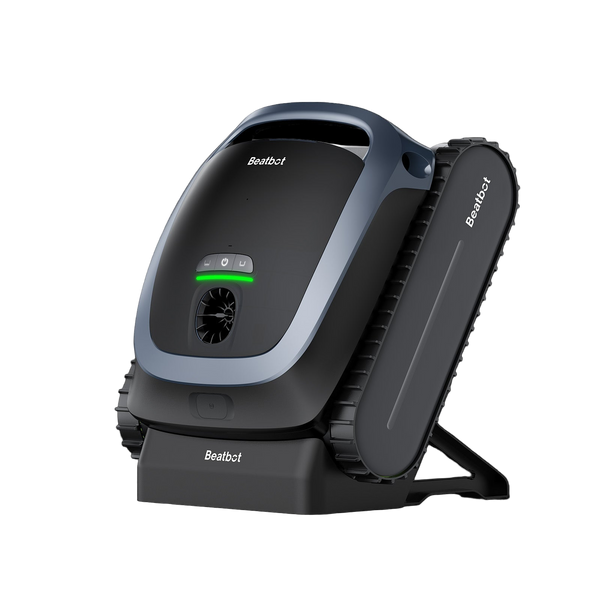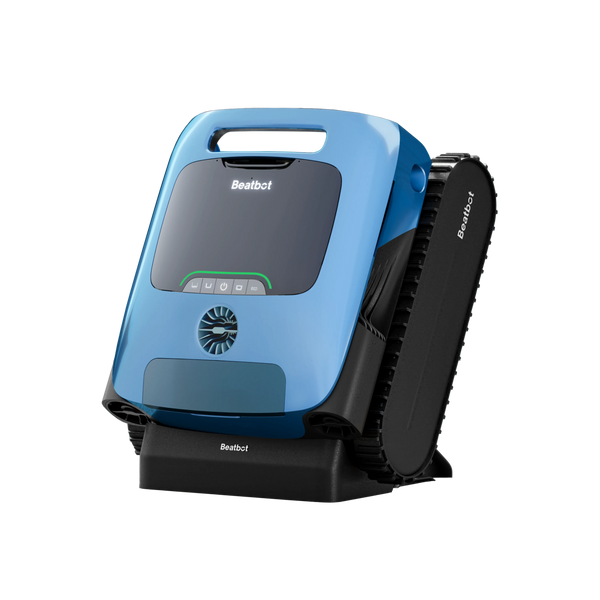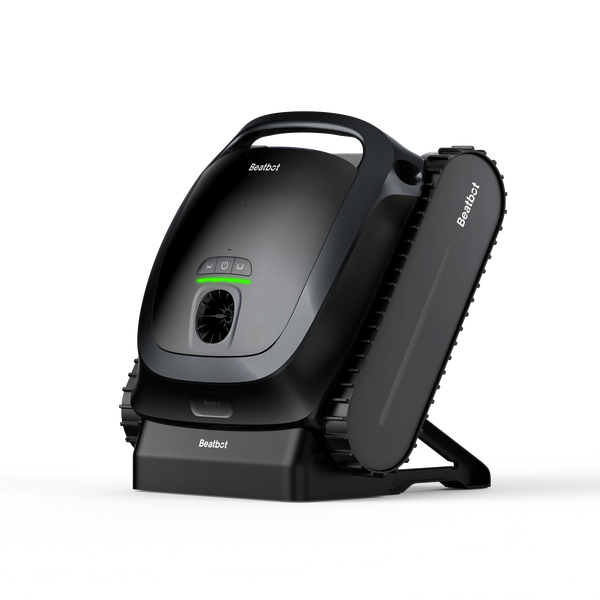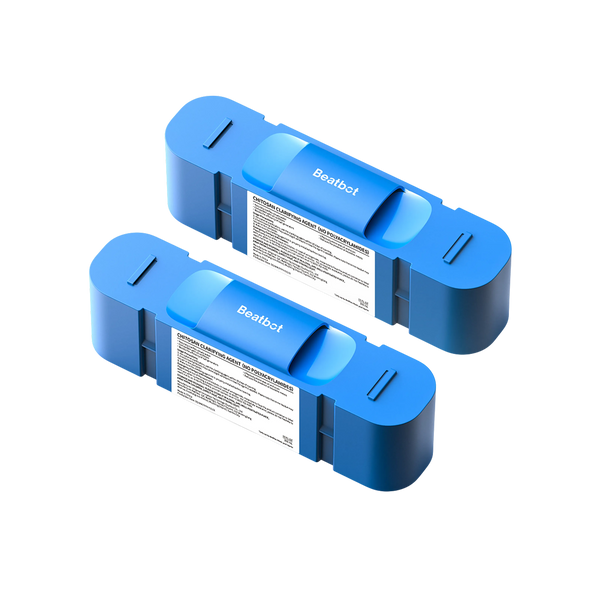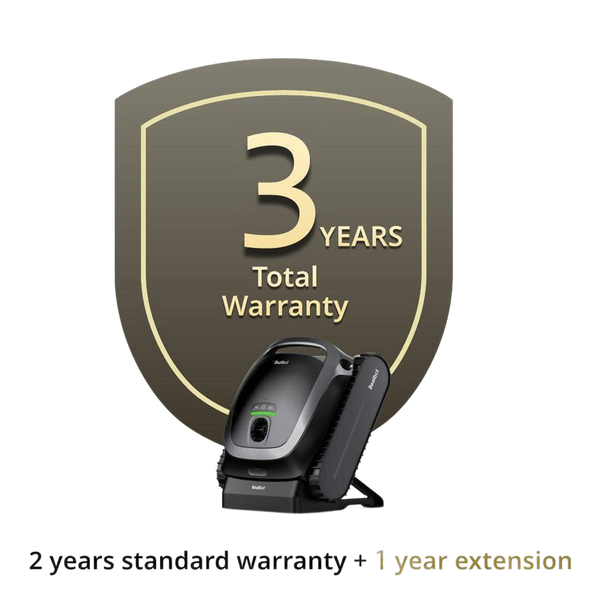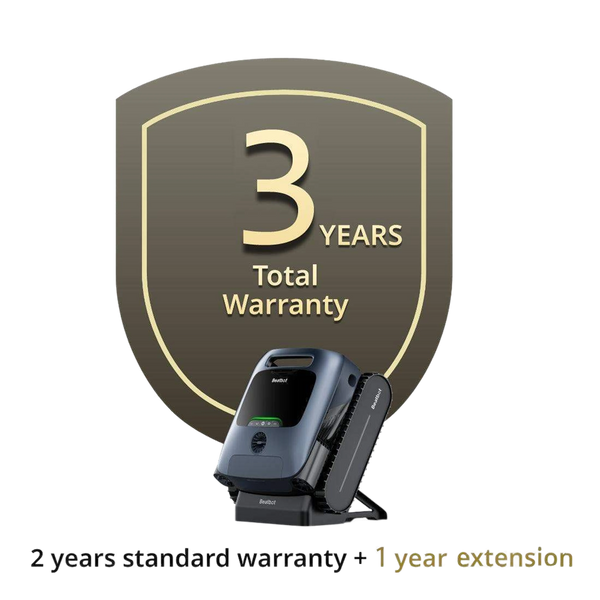Prime Testing Times: What is the Best Hours for Accurate Pool Water Analysis
Got a pool? Then you know testing the water isn't just about dipping those strips whenever you feel like it. Getting it right means timing it right. Let's cut through the confusion and zero in on exactly when you should test your pool water for results you can trust.
Table of content

Quick Take
Pool chemistry gets tricky. You might think grabbing your test kit any time of day works fine - but timing changes everything. Think about it: your pool water constantly reacts with sunlight, responds to temperature changes, and deals with whatever swimmers bring in. Trust us, picking the right time to test makes the difference between spot-on readings and numbers that send you down the wrong maintenance path.
Why Testing Time Affects Your Results
Your pool's not static - it's alive with chemical reactions happening round the clock. That peaceful morning water differs completely from the active afternoon pool you know. Sunlight beats down and breaks apart your sanitizers. Swimmers jump in, bringing sunscreen, sweat, and other stuff that changes your water chemistry. Even the temperature swings mess with your readings.
Get this: test the same pool at 7 AM and 3 PM, and you might think you're looking at two different pools. Morning tests show what's really going on, while afternoon readings often trick you into thinking you need more chemicals than you actually do.
Some pool pros learned this the hard way - dumping in extra chlorine based on an afternoon test, only to wake up to an over-chlorinated pool the next day. You don't want that headache. Smart testing times save you money and keep your water perfectly balanced.
Mid-Morning: Your Testing Golden Hour
Look, we get it - dragging yourself out to test the pool first thing might not top your fun list. But here's the deal: that sweet spot between 9 AM and 11 AM gives you something invaluable - truth. Your chemicals spent the whole night mixing properly, your water temperature leveled out, and the sun hasn't started its daily chemical massacre yet.
Want real data you can work with? This is your window. During these hours, you'll catch your pool in its most stable state. No crazy UV rays messing with your test strips, no leftover effects from yesterday's pool party, just clean, reliable readings that tell you exactly what your pool needs.
Swimming Activity Impact
Let's talk about what happens when people actually use your pool - because that changes everything. Picture this: a bunch of swimmers jump in. Now your water's dealing with sunscreen, body oils, maybe even some energy drink spills. Testing right after swim time? You're basically reading a chemistry experiment in progress.
The real kicker hits your sanitizer levels. All those organics from swimmers eat up your chlorine like it's going out of style. Test right after heavy use, and you'll think your sanitizer's completely gone. Give it a few hours though? Different story. Your shock treatment decisions should come from steady-state readings, not the temporary chaos of post-swim chemistry.
Temperature and Sunlight: The Double Whammy
Heat Effects
When that mercury climbs, your pool turns into a chemical speedway. Every reaction kicks into high gear. Test in the late afternoon heat, and you're looking at readings that don't tell the whole story. Your chlorine's breaking down faster, your pH might be drifting, and those test results? They're more like a snapshot of chemical chaos than useful data.
UV Light Impact
Here's something that'll make you think twice about afternoon testing - sunlight literally eats your chlorine. We're not talking small changes either. That afternoon reading might show your sanitizer levels at 1 ppm, but test the same water at dawn? Don't be shocked to see 3 ppm instead. UV rays are like invisible pool chemical ninjas, silently changing your water chemistry all day long.

Common Testing Mistakes to Skip
Ever wonder why your readings bounce around like a beach ball? Chances are, you're hitting one of these testing trip-ups. Testing right after dumping chemicals in? Your readings lie to you. Think about it - those chemicals need time to spread out and do their thing. Same goes for testing during rain or when your pumps blast at full speed. The water's too mixed up to give you straight answers.
Wind throws another curveball. Those gusts don't just mess with your hair - they're stirring up your pool water and throwing off your test results. Skip the detective work when Mother Nature's having a moment.
Setting Up Your Testing Schedule
Ditch the random testing approach. Lock in a routine that works for you and your pool. Mid-morning tests give you the real story, but life happens - we get it. Maybe you can't always hit that perfect window.Pick a time you can stick to, ideally before the day heats up and swimmers dive in. Notice your water looking funky? Don't wait for your next scheduled test. Jump on it and figure out what's up. Those unexpected changes often signal bigger problems brewing.
Pro Tips for Accuracy That Counts
Think your testing game's on point? Maybe. But small tweaks make huge differences. Store those test strips like they're gold - because in pool maintenance, they kind of are. Keep them cool, dry, and away from sunlight. Sounds obvious, but you'd be surprised how many readings go wrong because someone grabbed strips with wet hands or tried reading colors under harsh pool lights.
Starting a testing log might sound like overkill, but it's your pool's diary. Spot patterns. Catch problems before they blow up. Make smarter decisions about chemical adjustments.

The Bottom Line
Timing transforms your pool testing from guesswork into science. Mid-morning tests tell the truth. Everything else? It's like trying to read a book in choppy water - you might get the general idea, but miss crucial details.
Remember: your pool's chemistry never sleeps. It's always changing, reacting, adjusting. But catch it at the right moment, and you'll know exactly what it needs. That's how you keep your water crystal clear without emptying your wallet on unnecessary chemicals.
Stick to the timing tips we've covered, dodge those common testing mistakes, and watch how much smoother your pool maintenance becomes.
Relative Blogs
About the author




